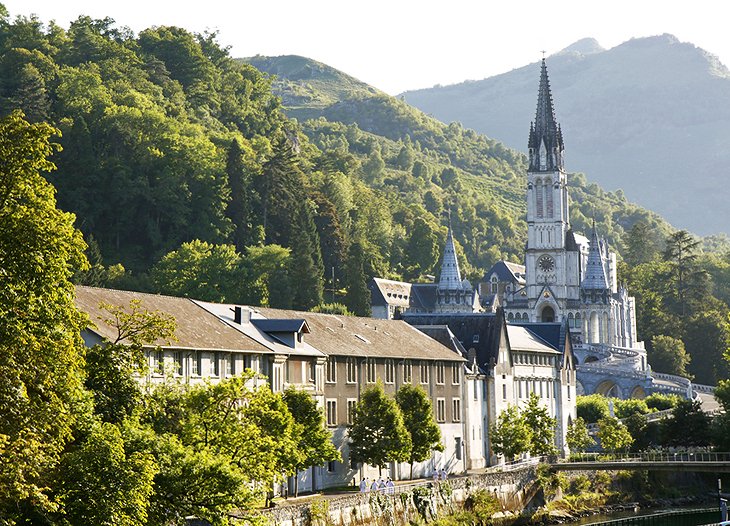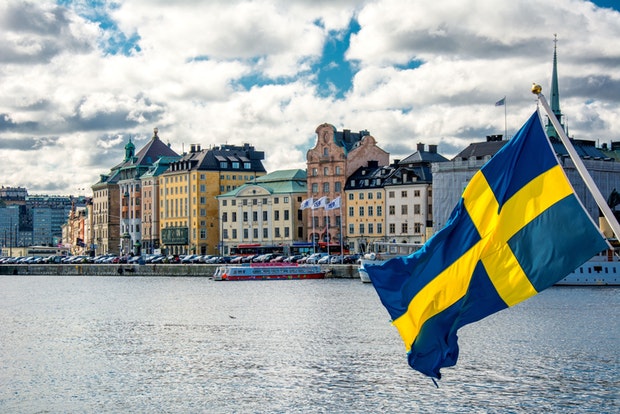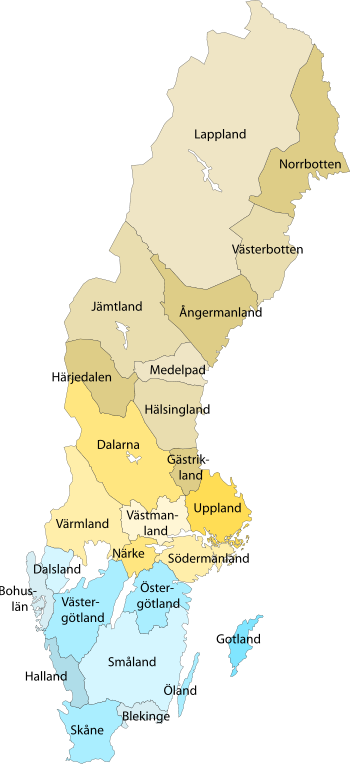November is National Adoption Month. The month I and literally thousands, or is it millions?, of adoptees ramble on about achieving adoptee rights and necessary adoption reform because yet again not enough politicians want to listen and next to no change has been made in societies to make adoption less corrupt, less dangerous, and less manipulative. For me, at least, December is in some capacity an almost welcome break. Any adoptee knows, any activist knows, it’s tiresome work, but November is a month we simply cannot shut up. December is a month for me to think about the month I was born in, to two greedy, narcissistic, likely psychopathic twatwaffle without a conscience nor a soul, but how much I’ve gained how good triumphs over evil if you will and the fact with all the problems, discrimination and corruption in adoption it did save me from having to live with batshit, crazy, evil people and how I fortunately found some beautiful extended cousins, a close cousin; daughter of my aunt, and two lovely paternal aunts who, mind you, are definitely not batshit crazy and evil. This does not mean though that I condone how adoption is done, but I’ve spoken about necessary changes many, many times.
So, after waffling on as I usually do, because I do talk too much, I want to say what needs to be said. It’s another elephant in the room and I feel like other adoptees notice it but don’t have the audacity to say it aloud. Not all adoptee voices matter!
No, they don’t and you can argue all you want to be politically correct or not want to create anymore drama and infighting in the adoptee community or adoption triad, whatever you want to call it, but deep inside you know it to be true.
Why is this? Or you might be even saying that’s your opinion Megan, I don’t agree, every adoptee voice matters. This is because you have an assumption that fellow adoptees believe, act, think, and respond close to the parameters of how you think, act, feel, do, believe, etc. That some things you might not agree upon, but that overall most things you do. The problem here is you haven’t met the adoptees so casted into the dark. It’s like physically they are here but emotionally and mentally they are aimlessly floating in the dark with no attachment to their physical body. They act like robots to please their adopters a lot, lot more than the typical trauma associated with adoptees even neonatal trauma which societies prefer to ignore. The sad part is these adoptees, adoptees whose voices don’t matter, are so damn deeply embedded in the fog they don’t even realize their experiencing trauma or they are trying to supress it because it feels more comfortable for themselves to be in the fog because they can’t see what lies beyond the fog. I’ll explain what I mean by that after my three examples.
- Adoptee type 1 whose voice doesn’t matter. The adoptee who has zero acceptance of their identity and chooses to completely take on the identity given of them by his or her adopters to an extreme point. So, are you saying every adoptee who chooses to keep their adoptive name, which is like 99.9% of adoptees, shouldn’t speak? No. I’m talking about the adoptees who want to pretend they’re an entirely different race. Yes, this does happen. There are adoptees who are victims of cultural and racial genocide because being people of colour, raised in White homes, and in White communities they have had their ethnic and racial heritages completely destroyed. Ethnic heritage destroyed of White adoptees happens too but adoptees denying their actual racial background is a whole ‘nother level. There are adoptees, and I’ve read their comments online, who have stated “I was born in Korea to biological Korean parents, but because I was adopted by my White parents I am now German and Irish just like them.” This is why it needs to be imperative that racial and cultural preservation is preserved amongst adoptees regardless of our age. People can endure a trauma they don’t even know their experiencing and that ignorance will spread like a wildfire. Imagine this Korean born woman doing a mentoring workshop with little Korean adoptee children and telling them not only not to embrace their Koreanness but to convince them that they now are only the ethnicities and races of their adoptive parents. Yikes! There is nothing wrong with embracing the cultures of your adoptive family. I encourage people to learn different languages, cuisines, customs, and traditions of different cultures but never at the expense of losing one’s own.
2. Adoptee type 2 whose voice doesn’t matter. The condescending, sorry you feel that way, I don’t see adoption like that type of adoptee. Us in the adoptee community know what I mean by this. The type of adoptee that when you tell your story, your own personal story they respond with “I’m sorry you feel that way” and you have to look at them like, bitch, pardon me? I just told you my adopter father nearly murdered me and went to prison for 20 years for it or excuse me I found out I was adopted when I was 18, was lied to and told my mom was 14 and poor when she was actually a married Jewish woman who was drugged and her baby, me, stolen and yet these adoptees respond with the most outrageous comments such as, “sorry, but not all adoptions are like that. Mine was perfect.” If people are that flippant over someone else’s trauma then they are not helping the cause at all. It astonishes me these types of adoptees even exist and even after being educated on how freaking bad things are they still promote adoption as being an absolutely perfect entity and a completely flawed system that “saves every baby from abortion.” As mentioned in an article from years ago, adoption does nothing to prevent abortion. The truth with these adoptees is that they are too frightened to look at their own stories. The “adoption saved me from abortion, my birthmom made an amazing choice of love, I’m hapy and so should you be” is a facade (accent mark unde the c) because deep down we educated adoptees know these adoptees just can’t handle the truth. They don’t want to search because they are afraid their adoptive parents will abandon them like their biological parents did, they are afraid of displeasing their adoptive parents, their afraid of being rejected, their afraid to learn they were kidnapped or given away after so much exploitation, pressure, and deceit, they don’t feel comfortable being amongst people of their own heritage, they don’t even want to know their true heritage or associate with their race, if another race, because it reminds them that they have a position of “other”.
3. Adoptee type 3 whose voice doesn’t matter. The adoptee who denies they’re adopted. It’s an adoptee’s perogative to tell to whom they want that they are adopted. This can’t be done when the adoptee doesn’t look like their adoptive family, but in those cases it’s the adoptee perogative to decide whether or not they want to answer someone’s question or statement of, “oh you’re adopted. How lovely. My __________ fill in the blank is also adopted from ____________ fill in the blank country.” There’s nothing wrong with people trying to be nice, but this doesn’t give them a free invite to play 20 questions. Sadly, there are adoptees who deny to everyone, perhaps even to themselves that they are adopted. When someone mentions they are adopted they become angry.
I came across a woman a couple nights ago online who was unbelievably damaging to changing societies behaviour to adoptees and reforming adoption that it almost made me wonder if she were an actual adoptee or a troll. She is from Russia, but this doesn’t matter at all because we see problems with adoption and with adoptees the world over. She discovered a few years at the age of 32 that she’s adopted. She said she pretends she doesn’t know she’s adopted in order to make her adopter feel comfortable. To deny someone’s story and truth just so you feel more comfortable is cruel, bad parenting, damaging, and selfish. She acted like because she doesn’t have any genetic disorders it’s no big deal that other adoptees don’t have biological medical information. She was condescending and flippant to adoptees who have or are dealing with trauma for whatever reason that is connected to adoption, and that whatever reason is their own damn business. No, this wasn’t me misterpreting or taking it out of context. I’ll copy and paste it here.
“Biological parenting does not matter. It’s not a big effort to have sex, get pregnant and pop a human into the world. But it is all about raising a good human being, giving love and care, good life and hope. Real true parents are those who rased you, not those who produced.
-Most of biological parents were uncapable to be parents: drugs, poverty, mental illness, “too many children already but we will make more, who cares if be barely can provide for ourselves”.
-Only reason to be told about adoption-medical condition and total racial difference. It will save parents from wondering if you going to betrade them for biological parents in the future, regardless to the time and love they dedicated to you, will not affect your own curious mind and develope split personality.
-I’m a late term adoptee. I’m 32 and found out by accident decade ago. No. I’m not angry. Not all my life was fake. Vagina, that produced me is the only one point in my history that was untold, the rest of life was happy and very true. I still pretend to my family I do not know I’m adopted not to make my mom upset.
-Your biological parents rejected you. Move on. You have a real family now. You don’t need to dig info on your biological parents, send them greetings or stay in touch. 9 month in the womb is not a big dedication. Pay more attention to the family that is really yours.
-I do wonder if I have some genetic problems. So far so good.
-I don’t want to look for my birth parents. I’m not curious, I don’t feel abandoned (never had), never thought about it.
-I’m curious about my possible siblings thou. Would like to find out if I have any.
-Person who told me I were adopted also told me my birth name. And I like it better than my lifetime name, but I moved to the USA, and it would sound like Allah (non-muslim name in Russia). So I’m glad my mom changed it.”
So what’s wrong with this? Lying to your own child about them being adopted, pretending you don’t know, the lies that most biological parents have something seriously wrong with them like drug addiction is not true whatsoever whether it’s Russia or Canada or China or Japan or Italy or Greece or Australia or the US or, etc. Telling people what they should know about their own adoptions. Each adoptee should decide for themselves what and how much they want to know. That isn’t up for anyone else to decide as much as the governments like to think so. Too much has been taken from us adoptees without our permission. Knowledge stolen from us, birth certificates stolen from us, medical knowledge stolen from us, safe, biological family members stolen from us, in some cases our true race stolen from us. Many come to learn that are part Native American, part Jewish, or part Black but passed as White and were only told about their White race or lied to and told they are completely White. Claiming that your first mother and biological dad are not your real parents because they weren’t there is not true for those who wanted to be. The ignorance of this woman is not only astounding it is frankly extremely damaging. Nearly all want to raise their babies, keep their children, but don’t because they are told they aren’t good enough and adoption is the only true option for their child, which Saving Our Sisters will tell you is next to never the answer, and in those very rare times it is nearly always extended family is willing and able to pitch in and if not, then legal guardianship or kinship care can be sought. There are other things wrong with this, but you get the gist.
We needn’t agree on everything so long as we can agree on recognizing and helping adoptees with trauma, spreading the truth that it’s perfectly alright to be happy to be adopted but know others are not for whatever reason and that’s alright too, and that reformation in the multibillion dollar, racist, corrupt, loosely regulated, uncredentialed adoption industry especially with a focus on ending the high suicide rate amongst adoptees even higher amongst LGBT adoptees and adoptees of colour and ending human trafficking in adoption are necessary musts.






